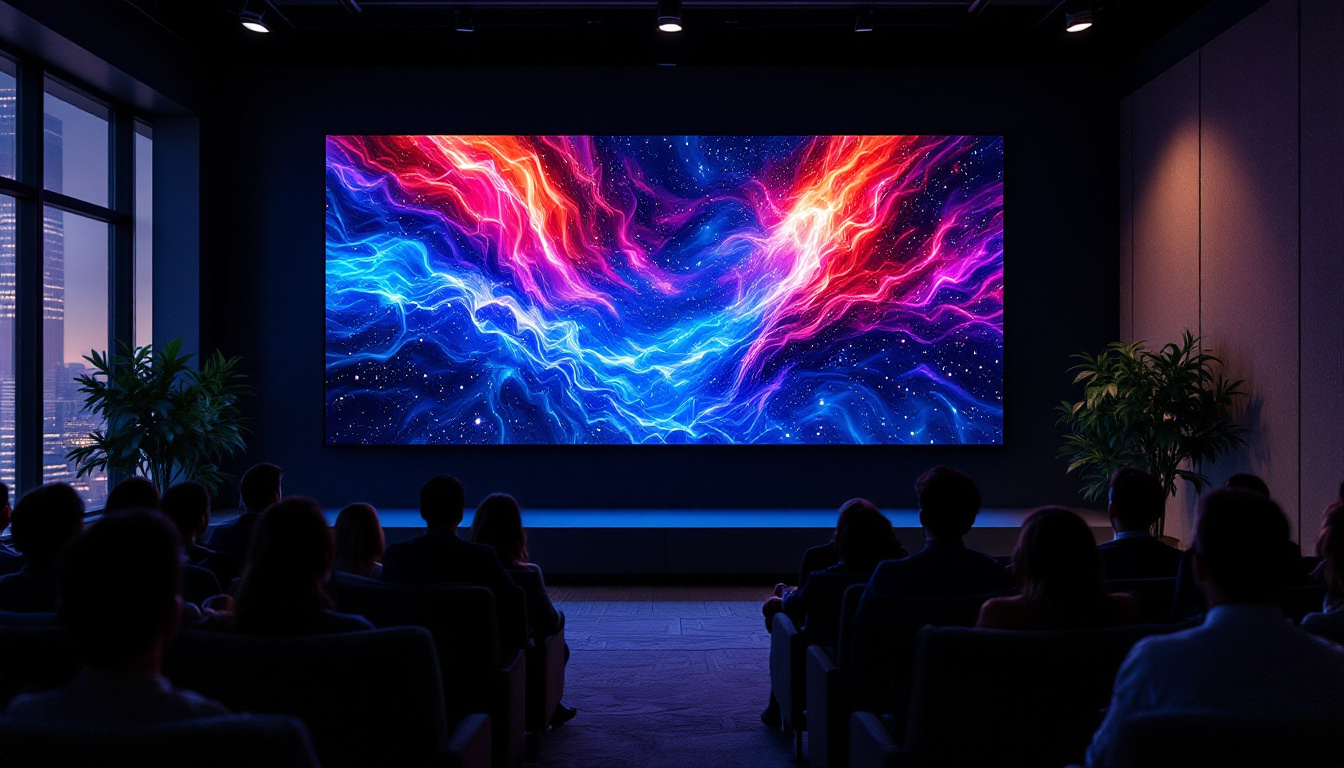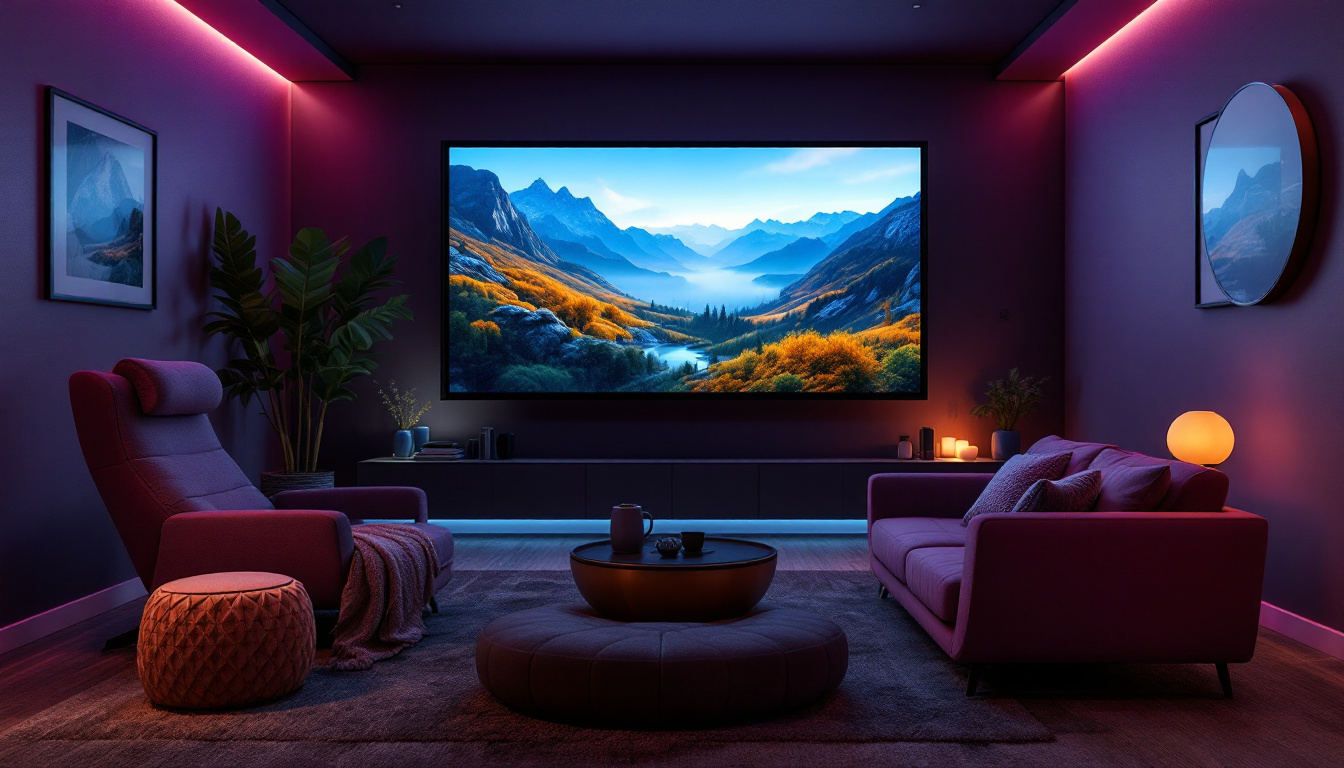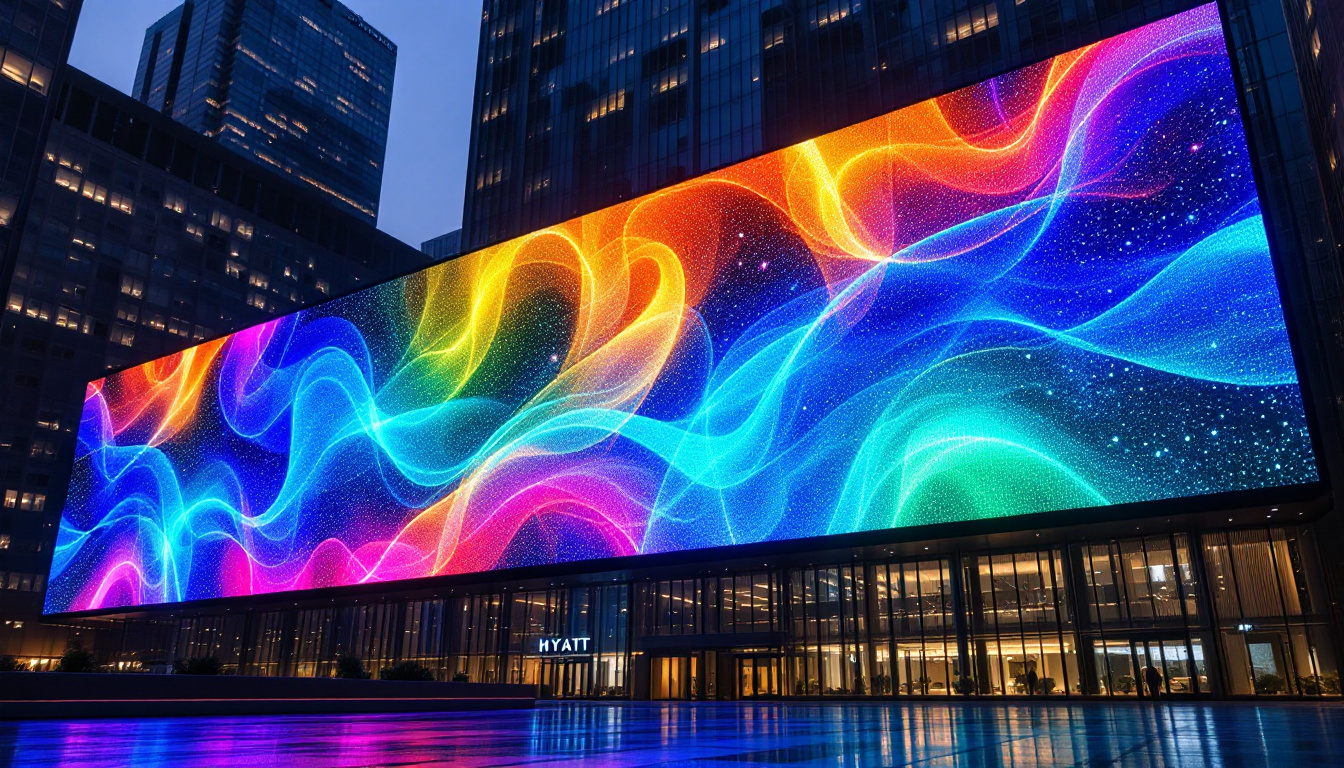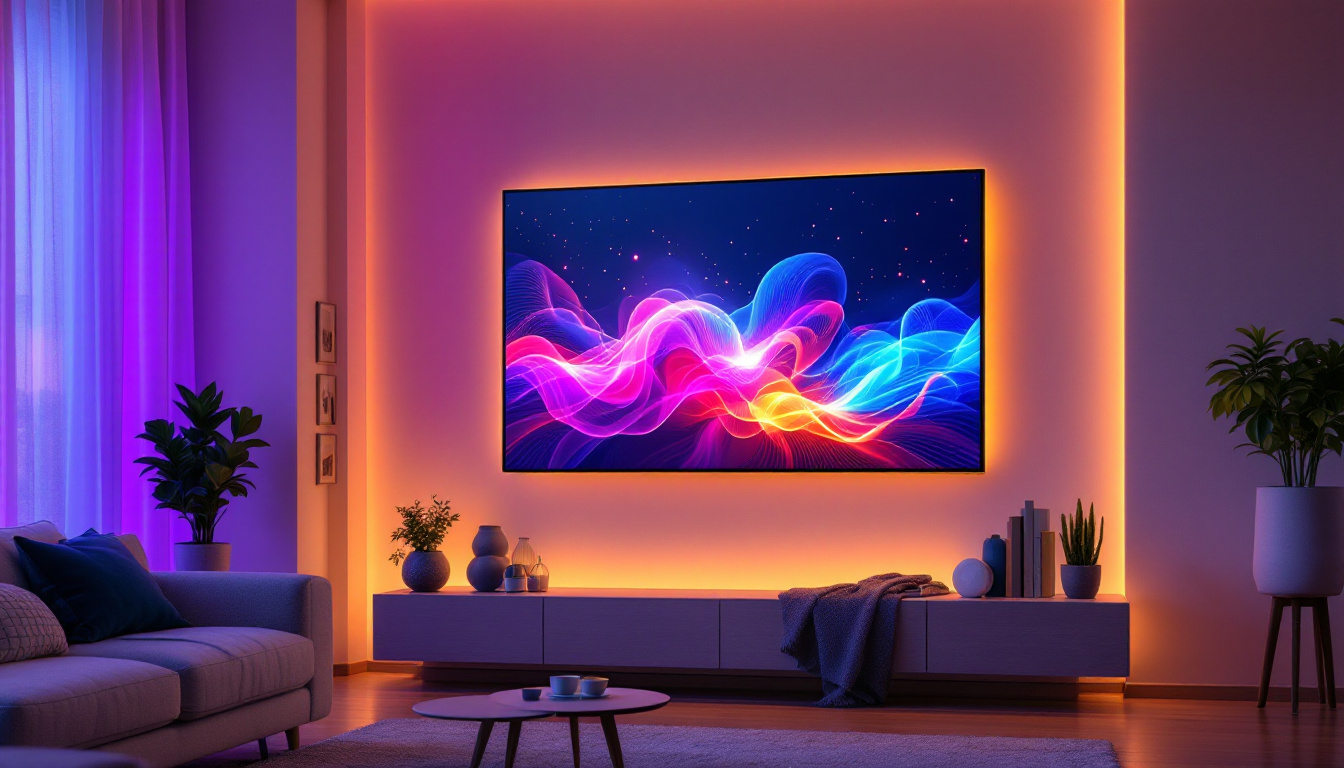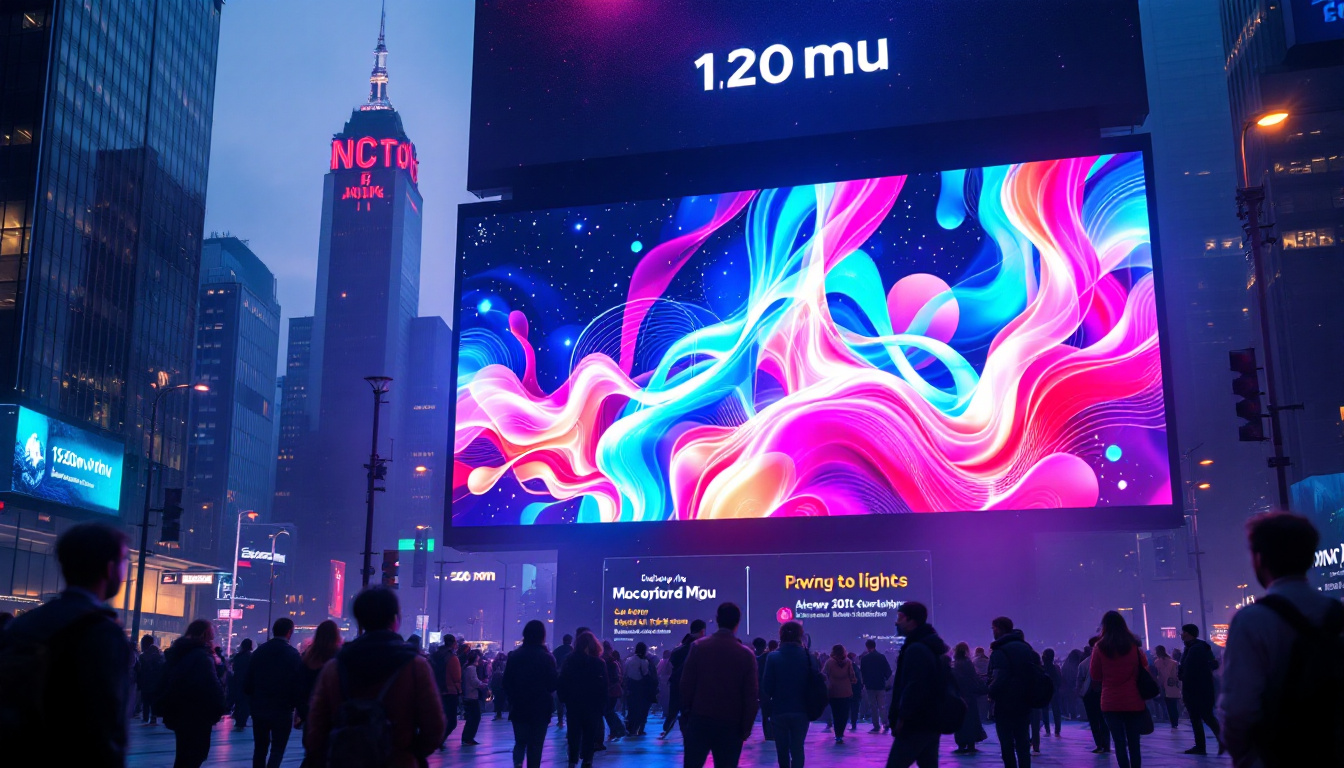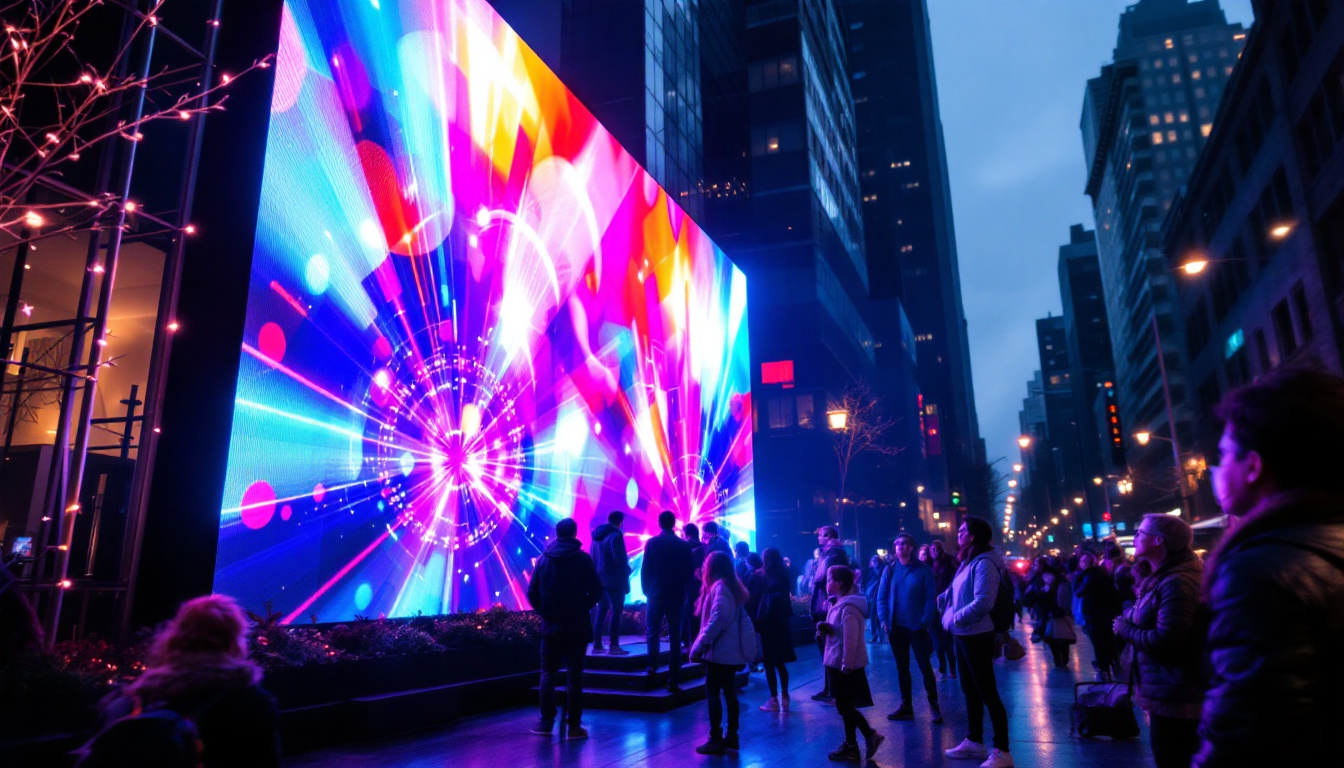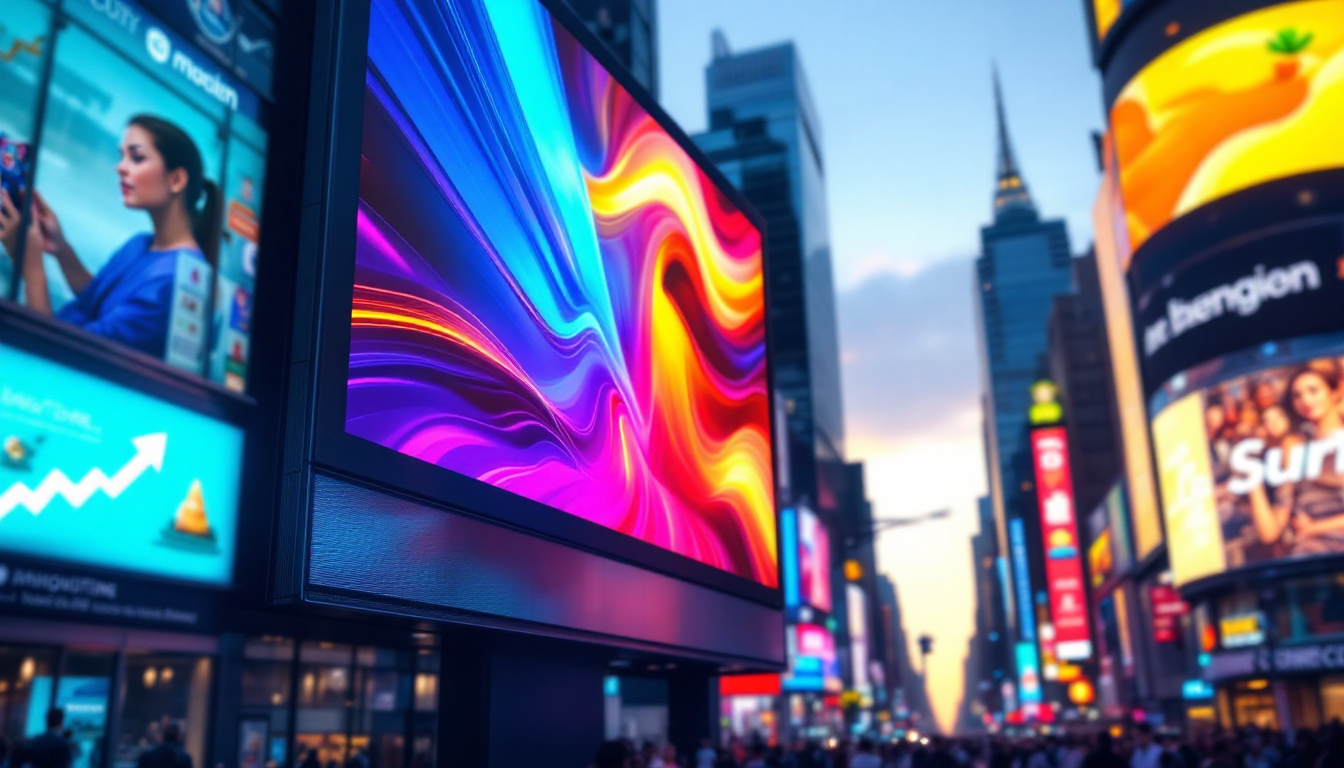In the world of modern technology, displays play a crucial role in how we interact with devices. Among the most common types of displays are LCD (Liquid Crystal Display) and LED (Light Emitting Diode) screens. While these terms are often used interchangeably, they refer to different technologies. This article aims to clarify the distinctions between LCD and LED displays, explore their functionalities, and provide insights into their applications.
Understanding LCD Technology
What is LCD?
Liquid Crystal Display (LCD) technology utilizes liquid crystals that are sandwiched between two layers of glass or plastic. When an electric current passes through the liquid crystals, they change alignment, allowing light to pass through or be blocked. This manipulation of light creates images on the screen. LCDs are widely used in televisions, computer monitors, and mobile devices due to their ability to produce sharp images and consume less power compared to older technologies like CRT (Cathode Ray Tube). The versatility of LCD technology has also led to its adoption in various applications beyond consumer electronics, including medical imaging devices, automotive displays, and even in some types of smart watches.
How LCD Works
The operation of an LCD involves several key components. First, a backlight illuminates the display. Traditional LCDs use fluorescent lamps as a backlight, while newer models often employ LED backlighting. The liquid crystals themselves do not emit light; instead, they modulate the light from the backlight to create images. Color filters are applied to produce the full spectrum of colors, allowing for vibrant and dynamic visuals. Additionally, advancements in LCD technology have led to the development of techniques such as in-plane switching (IPS) and twisted nematic (TN) panels, which enhance color accuracy and response times, making them suitable for gaming and professional design work.
Advantages and Disadvantages of LCD
One of the primary advantages of LCD technology is its energy efficiency. LCDs consume less power than CRTs, making them a more environmentally friendly option. Additionally, they are thinner and lighter, which is ideal for portable devices. However, LCDs can suffer from limited viewing angles and lower contrast ratios compared to other display technologies. This can affect the overall visual experience, particularly in brightly lit environments. Furthermore, while the technology has improved significantly, some users may still notice motion blur during fast-moving scenes, which can detract from the viewing experience in action-packed movies or video games. As a result, consumers often weigh these factors when choosing between LCDs and other display technologies like OLED (Organic Light Emitting Diode), which offers deeper blacks and wider viewing angles but at a higher price point.
Exploring LED Technology
What is LED?
Light Emitting Diode (LED) technology is a type of display that uses semiconductor diodes to produce light. Unlike LCDs, which require a backlight, LED displays can produce their own light. This technology is often used in various applications, from simple indicator lights to large-scale video walls. LED displays can be further categorized into two main types: direct view and backlit. The versatility of LED technology has made it a staple in modern electronics, with applications ranging from televisions and computer monitors to streetlights and automotive lighting. As the demand for energy-efficient solutions grows, LEDs have become increasingly popular due to their low power consumption and minimal heat generation.
How LED Works
In a direct view LED display, individual diodes emit light directly, creating images without the need for a backlight. This results in brighter displays with higher contrast ratios and better color accuracy. On the other hand, LED backlit displays use LEDs to illuminate an LCD panel, enhancing brightness and energy efficiency. This hybrid approach combines the strengths of both technologies, resulting in a superior viewing experience. The ability of LEDs to produce a wide color gamut allows for more vibrant images, making them ideal for applications where color fidelity is crucial, such as graphic design and photography. Furthermore, advancements in LED technology, such as the introduction of organic LEDs (OLEDs), have pushed the boundaries of display quality even further, providing deeper blacks and improved viewing angles.
Advantages and Disadvantages of LED
LED displays are known for their exceptional brightness and color vibrancy, making them suitable for outdoor and high-ambient-light environments. They also have a longer lifespan compared to traditional LCDs. However, the initial cost of LED technology can be higher, and the manufacturing process can be more complex. Additionally, some LED displays may suffer from issues such as color uniformity and pixelation, particularly in lower-quality models. Despite these drawbacks, the rapid evolution of LED technology continues to address these concerns, with manufacturers implementing better calibration techniques and quality control measures to ensure a consistent viewing experience. Moreover, the environmental impact of LEDs is significantly lower than that of traditional lighting solutions, as they contain no hazardous materials and are fully recyclable, aligning with the growing emphasis on sustainability in technology.
Comparing LCD and LED Displays
Image Quality
When it comes to image quality, LED displays generally outperform LCDs. The ability of LEDs to produce brighter images with better contrast ratios allows for a more immersive viewing experience. However, high-quality LCDs with advanced backlighting technologies can also deliver impressive visuals. The choice between the two often depends on the specific use case and viewing conditions. For instance, in bright environments, LED displays shine due to their superior brightness levels, making them ideal for outdoor use or well-lit rooms. Conversely, LCDs can excel in darker settings where their color accuracy and subtle gradations can be fully appreciated, particularly in applications like photo editing or graphic design.
Energy Efficiency
Both LCD and LED technologies have made significant strides in energy efficiency. However, LED displays tend to consume less power due to their ability to produce light without a backlight. This makes them a more sustainable option, particularly for large installations that require continuous operation. In contrast, traditional LCDs, especially those with fluorescent backlights, may consume more energy. Moreover, advancements in LED technology, such as the development of organic LEDs (OLEDs), further enhance energy efficiency while offering deeper blacks and vibrant colors. As consumers become more environmentally conscious, the energy savings associated with LED displays can be a compelling factor in their decision-making process.
Cost Considerations
The cost of LCD and LED displays can vary significantly based on factors such as size, resolution, and technology. Generally, LED displays are more expensive to manufacture, which can lead to higher retail prices. However, the long-term savings associated with energy efficiency and durability may offset the initial investment. Consumers should weigh their options carefully, considering both upfront costs and potential long-term benefits. Additionally, the rapid evolution of display technology means that prices for LED displays are gradually decreasing, making them more accessible to a broader audience. As competition increases among manufacturers, consumers can expect to see more options at various price points, allowing for a wider selection that meets different budgetary needs while still delivering high-quality performance.
Applications of LCD and LED Displays
Common Uses for LCD Displays
LCD technology is prevalent in various applications, from consumer electronics to industrial equipment. Common uses include computer monitors, televisions, smartphones, and tablets. The versatility of LCDs makes them suitable for both personal and professional environments. Additionally, LCDs are often used in digital signage, where clear and sharp images are essential for effective communication.
Common Uses for LED Displays
LED displays have found their niche in a wide range of applications, particularly in advertising and entertainment. Billboards, sports arenas, and concert venues frequently utilize LED technology for its brightness and visibility. Furthermore, LED displays are increasingly used in home theater systems, providing an immersive viewing experience. The adaptability of LED technology allows it to be integrated into various settings, from retail spaces to public transportation systems.
Future Trends in Display Technology
Advancements in LCD Technology
As technology continues to evolve, LCD displays are also undergoing significant advancements. Innovations such as OLED (Organic Light Emitting Diode) technology are pushing the boundaries of what LCDs can achieve. OLED displays offer improved contrast ratios and color accuracy, setting a new standard for image quality. Additionally, developments in quantum dot technology are enhancing the color range and brightness of LCDs, making them more competitive with LED displays.
Emerging LED Technologies
The future of LED technology looks promising, with ongoing research and development aimed at improving efficiency and performance. MicroLED technology, for instance, is gaining traction due to its potential for high resolution and brightness. This technology involves the use of tiny LEDs to create individual pixels, resulting in stunning image quality. As manufacturing processes become more refined, the cost of LED displays is expected to decrease, making them more accessible to consumers.
Conclusion
In summary, both LCD and LED displays have their unique advantages and applications. While LCD technology remains a popular choice for many devices, LED displays are quickly gaining ground due to their superior brightness, energy efficiency, and versatility. Understanding the differences between these technologies can help consumers make informed decisions when selecting displays for their needs.
As technology continues to advance, the lines between LCD and LED displays may blur, leading to new innovations that enhance the viewing experience. Whether for personal use or professional applications, staying informed about display technology will ensure that users can take full advantage of the capabilities offered by modern screens.
Discover LumenMatrix’s Advanced LED Display Solutions
Ready to experience the future of display technology? LumenMatrix is at the forefront of LED innovation, offering a wide range of cutting-edge LED display modules designed to take your visual communication to the next level. From vibrant Indoor and Outdoor LED Wall Displays to dynamic Vehicle and Sports LED Displays, our solutions are tailored to captivate your audience and amplify your message. Embrace the power of LED technology with our Transparent, Custom, and All-in-One LED Displays, and see how our commitment to excellence can transform your space. Check out LumenMatrix LED Display Solutions today and join the revolution in visual storytelling.










